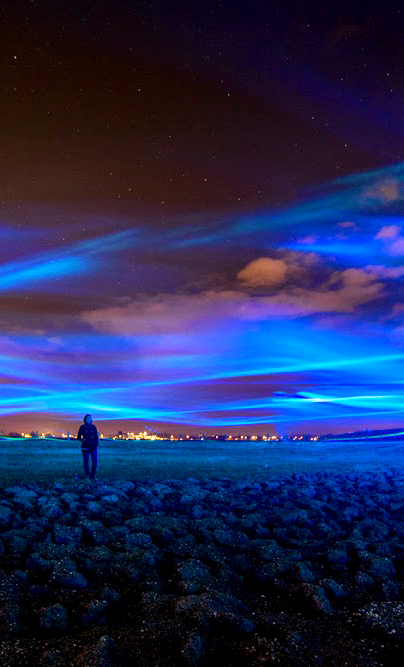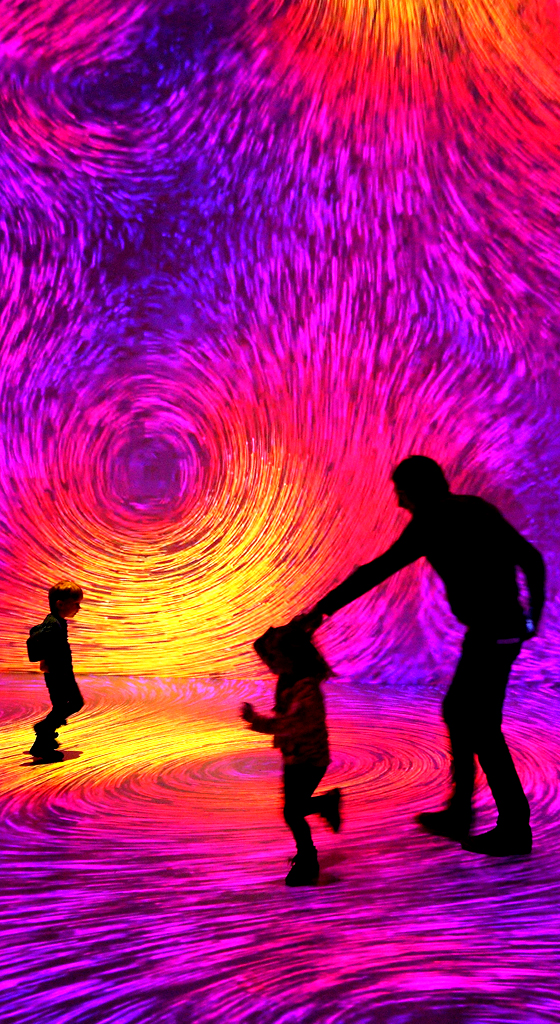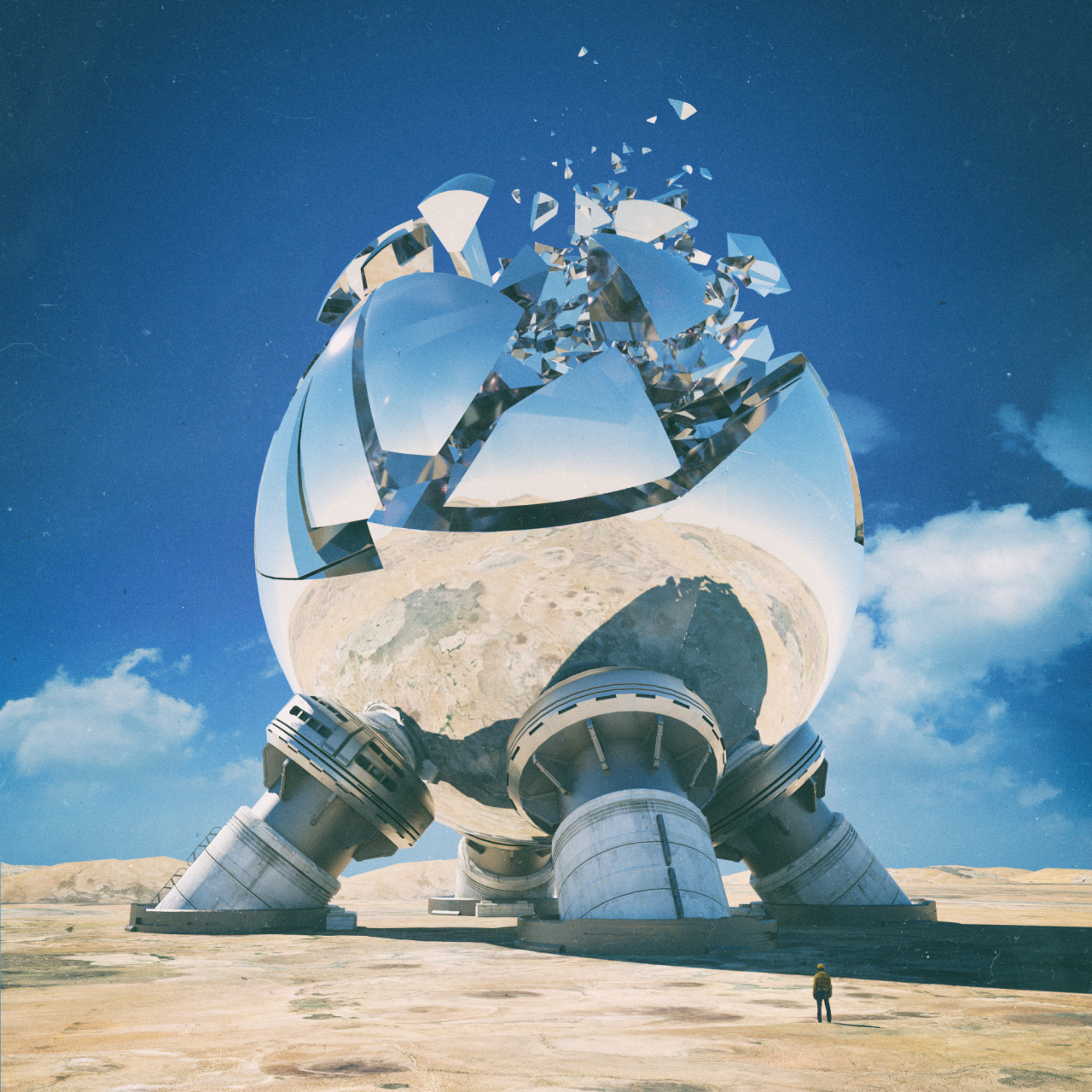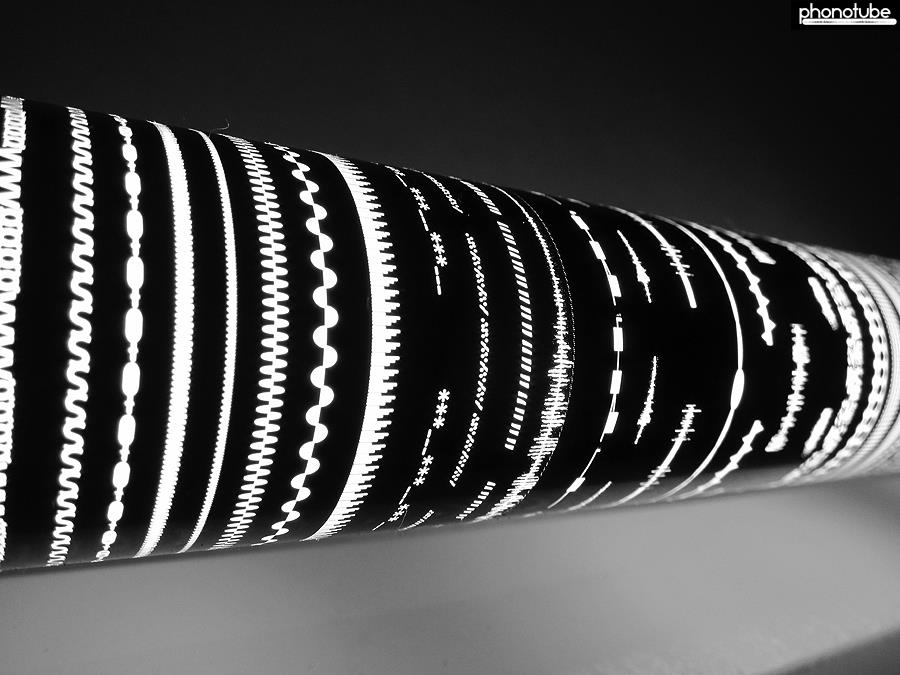A giant rail construction with an organically spiral-shaped spatial structure is put up in the exhibition space. Rolling on that rail are countless balls with built-in full-color LEDs and communication devices. From terminals set up inside the venue, visitors can send commands to the balls to control the timing and coloration of their blinking, and thereby draw three-dimensional afterimage in the air. Through the fusion of a minutely designed rail construction and communication control technology, an unprecedented form of spatial expression was realized in the form of a flexible “light structure“.

Maxim Zhestkov
Elements
Elements is an experimental art film by Maxim Zhestkov about nature, physics, art and love. More than 2 billion elements / particles governed by tensions and forces of nature were used to tell stories and show emotions through the motion of collective behavior.
The film is a trial to explore the idea that everything around us and inside us is made from simple elements / blocks which can be arranged in complex relationships and become compound structures. We could project this idea into emotions, behaviours, thought processes, relationships, life, planets and the 23.












































